Denise Bertschi uses archive material and visual storytelling to question the image of neutrality held up by Switzerland. (Photo: Renata Larroyd)
Denise Bertschi’s art makes use of photography and video installations based on historic and contemporary research of political events.
She is Swiss and an integral part of her work, is to take a hard look at Switzerland’s foreign relations, given that the state has historically been politically neutral, and how the Swiss people embody that, both within and without the country.
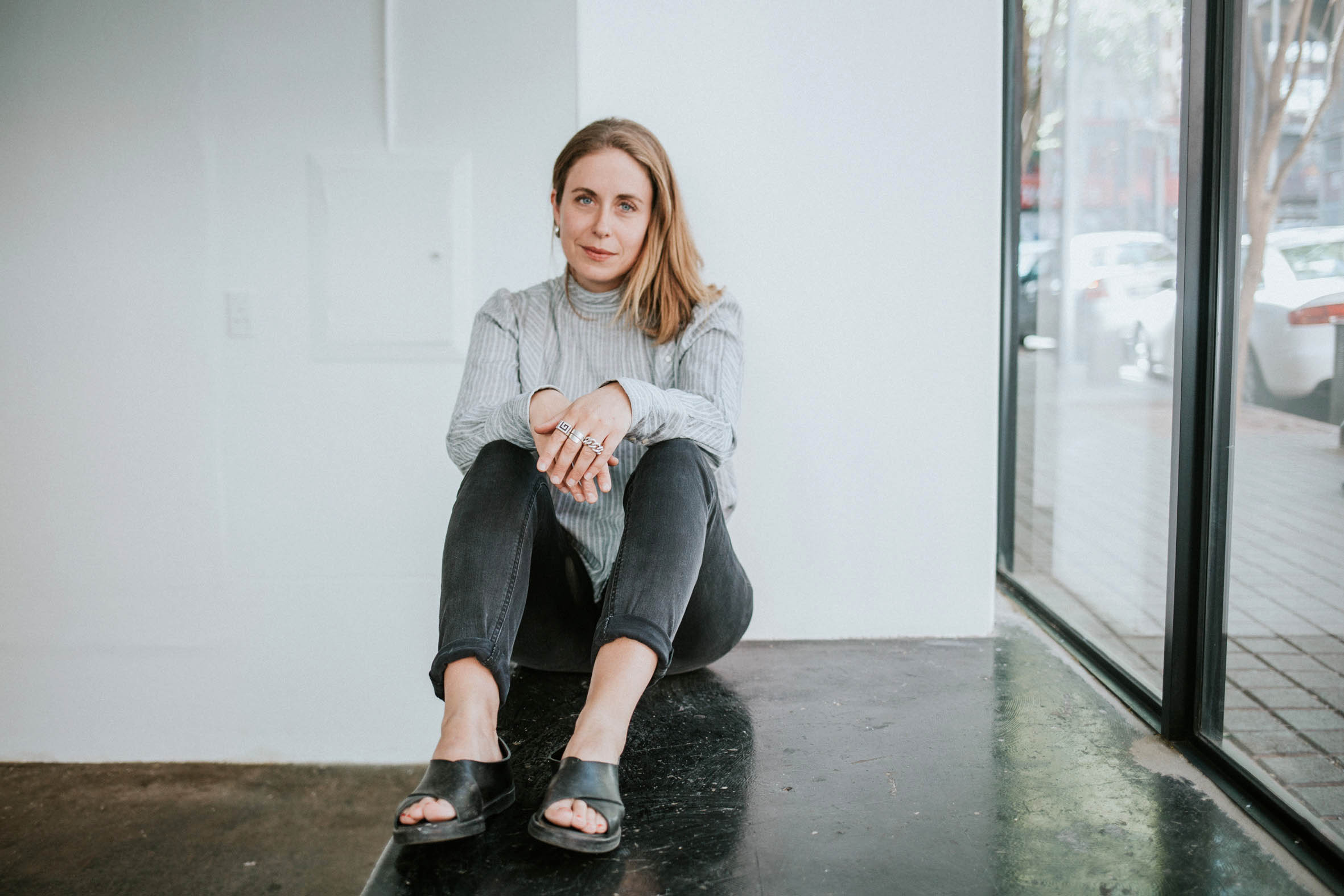
[Denise Bertschi questions Switzerland’s foreign relations (Photo: Renata Larroyd)]
“This is kind of an ongoing subject. I’m looking at, and how, Switzerland is represented. I started working around this topic of neutrality that Switzerland is connected to. I started asking myself what it means to be neutral and if it’s even possible. I am of the thinking that it’s actually not possible. I’m trying to work out these tensions of how can you have an identity of something that’s not possible,” explains Bertschi.
Bertschi studied at the Geneva University of Art and Design (HEAD), where she completed a master’s in fine art. In 2015, she had her first encounter with South Africa through the Poetics of Relation project, a student exchange programme between the University of the Witwatersrand and the HEAD.
“So I came to South Africa when I was still studying and then I was, like, what’s the connection with Switzerland here? It wasn’t a coloniser but maybe it’s more an economic coloniser, or a power decision maker. That’s for sure. So I started digging.
“I was in Cape Town for some days and I found out that there is a Swiss club, which has existed now for almost 100 years. It’s a community of Swiss people that came here for different reasons, of course.
“I was in the national library in Cape Town and I found some newsletters that the Swiss club had always been publishing about their club activities. And somehow I kind of got interested in the banal in this story. Because everything looks kind of everyday, with their leisure time activities, sports activities,” Bertschi says, in light of her exhibition, Neutrality as an Agent.
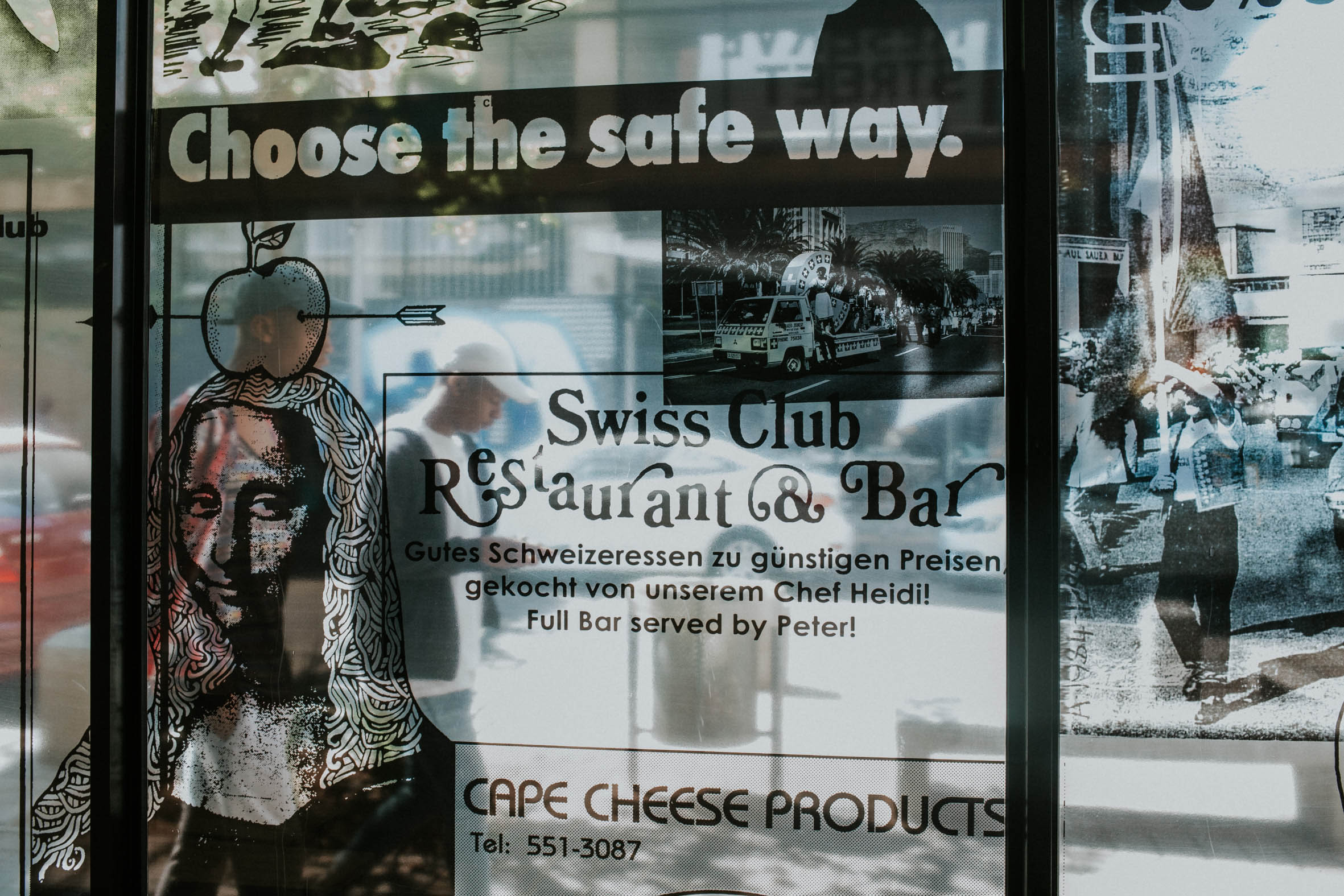
[As a part of Pro Helvetia’s 20 year anniversary programme, Denise Bertschi’s exhibition is being showcased in a pop up space in Braamfontein (Photo: Renata Larroyd)]
It follows her initial visit to South Africa and her 2017 residency in Johannesburg and Cape Town through Pro Helvetia.
Through photography, archival texts and video installations, the exhibition questions the neutral role that Switzerland supposedly played in South Africa during apartheid and uncovers an uncomfortable history. Her photographs take us to the Swiss club in Cape Town as it exists today. They are superficially mundane images, which show us the subtle ways in which the club members tried to recreate home with their furniture, the log cabin and parts of their garden. Without the inclusion of Table Mountain in some of the photographs, you could easily assume the clubhouse was in Switzerland.
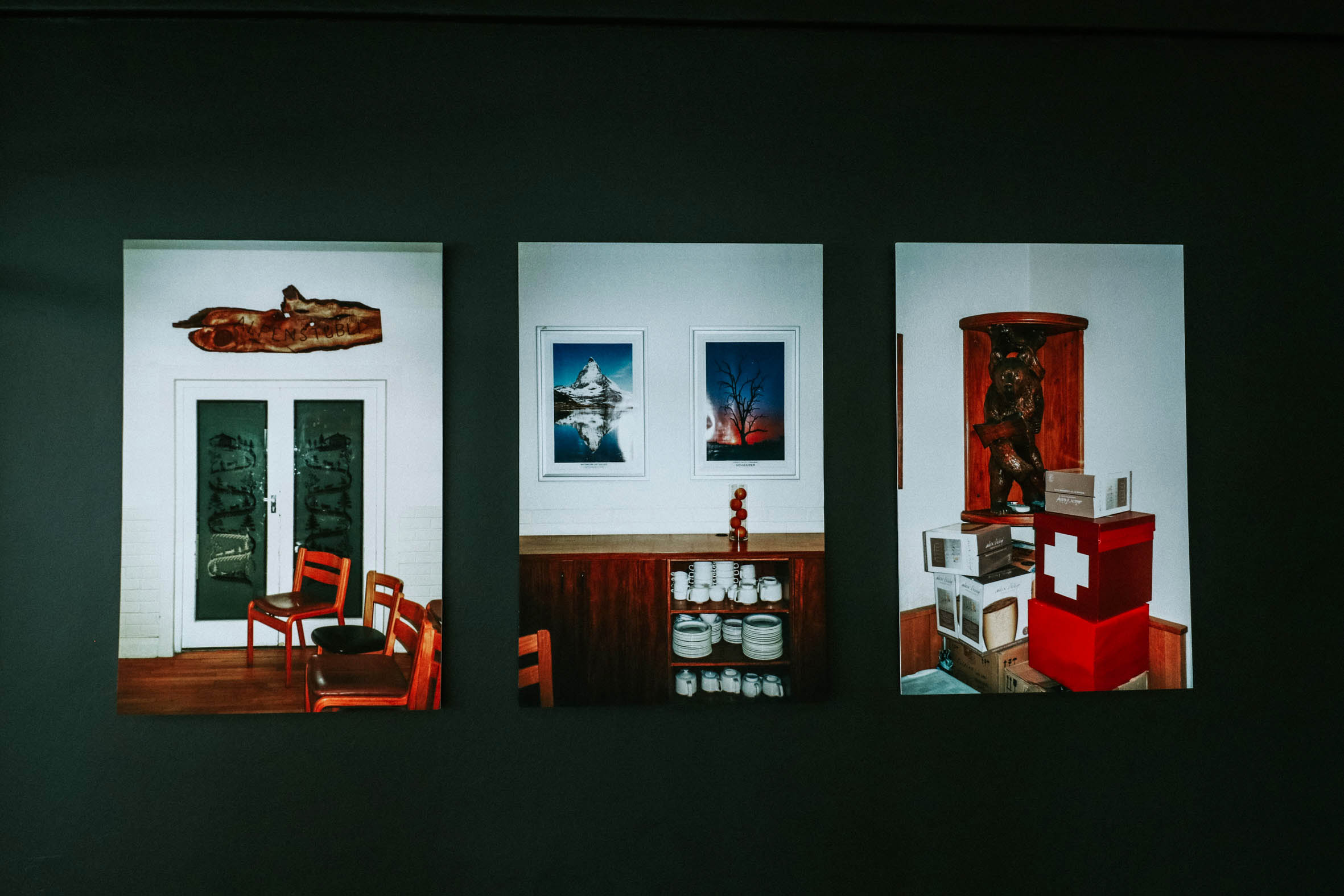
[A Swiss club in Cape Town, which opened a century ago, caught the attention of artist Denise Bertschi, who used it and other material in her exhibition, ‘Neutrality as an Agent’. Photo: Renata Larroyd]
The photographs are accompanied by a video installation, which relays an interview with the clubhouse caretaker of 30 years. Although he considers himself a part of the family, you become aware that he does not have keys to the building.
In one image, a poster of Nelson Mandela is on a wall above a coaster on which is a message by a right-wing Swiss party. Through this subtle showing and not telling, Bertschi encourages you to expand your understanding of the relations between the two countries.
As part of Neutrality as an Agent, Bertschi compiled a 44-page publication, titled We Say, We Are Fine. They Say, We Are Not. In it, Bertschi illustrates the relationship between the two countries by contrasting imagery from two archival sources from the 1980s.
The one source is the Swiss social archives. We see photographs, taken by Swiss photographer Gertrud Volger showing anti-apartheid protesters in Zurich calling for a boycott on South Africa. In one, two men are holding up a banner that reads: “It’s less about giving more than taking less” — a reference to the continued economic transactions going on between the countries.
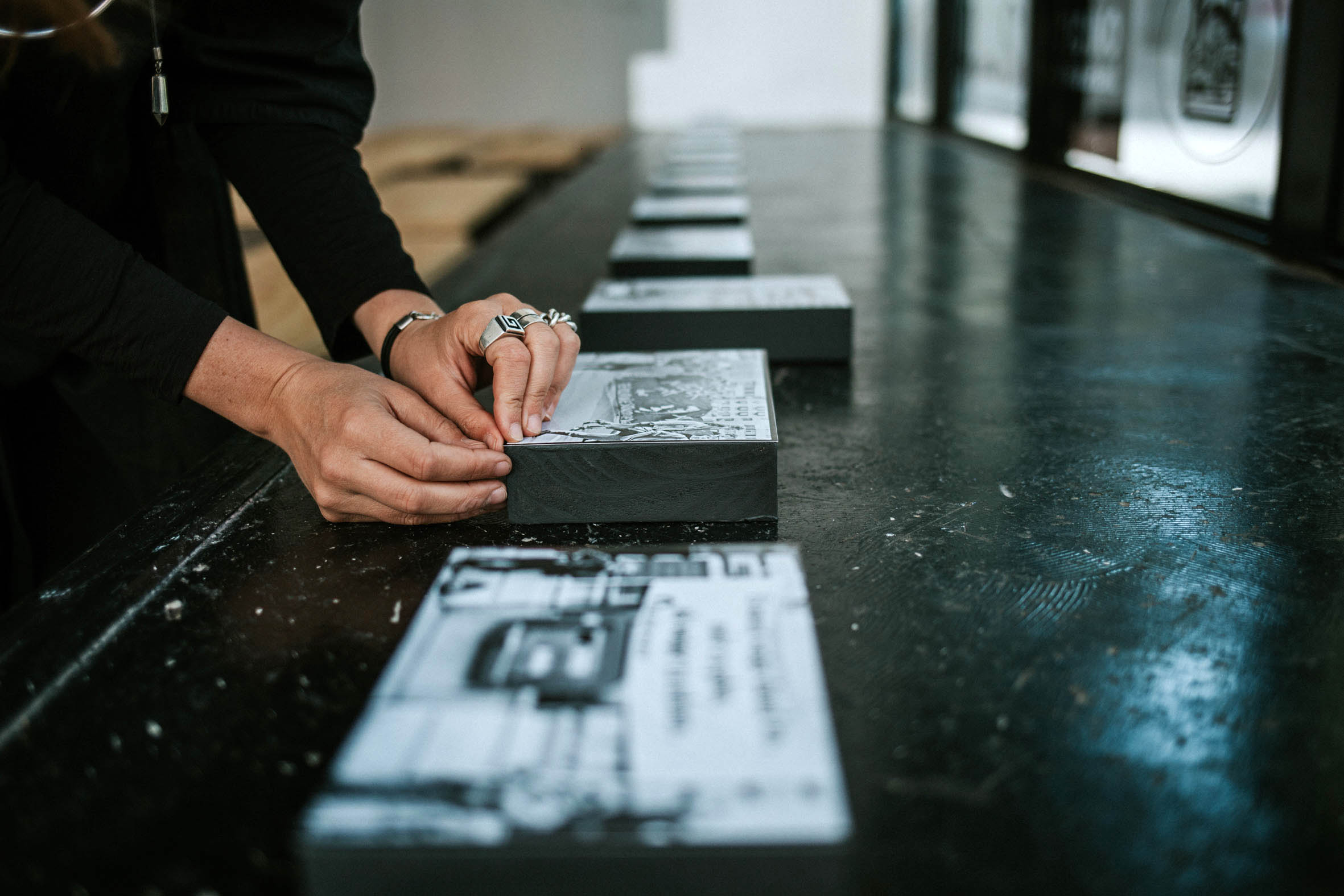
[Bertschi lines up archival pictures taken by Getrud Volger in Zurich (Photo: Renata Larroyd)]
The other source comprises newsletters, published by the Swiss club in Cape Town, which Bertschi came across in the National Library of South Africa. The satirical collages, advertisements and notices illustrate Swiss pride, and you get a sense of how the club members’ lives went on during, and were unaffected by, the State of Emergency. In one of the newsletters is a photograph taken in 1985 during a Settlers’ Day procession through Cape Town. A float covered in the Swiss flag carries a large piece of Swiss cheese. In addition to this, the newsletters let you into the everyday leisure activities of the club — the Swiss choir, hairdressers, where to play tennis, where to have a drink after work, and nostalgic symbols of Switzerland.
In isolation, the newsletters seem innocent. But a closer look reveals the economic exchanges taking place between Switzerland and South Africa, such as describing how the Swiss rifle club in Cape Town came into being, and how Swiss banks and companies used the club as an entry point.
“I was interested in how the Swiss community would keep their national identity. But then I got very interested in the period in the Seventies and the Eighties, when all around you, you deal with apartheid. I wanted to know how did this club dealt with that.
“I did a lot of interviews with people from the club, which I’m not showing here … Many people tell me, ‘We didn’t have a problem, we were fine’. And, yes, of course, you were fine, but maybe you also didn’t want to look a little harder to the outside. How do you deal with that?”
In the immersive installation, videos of buildings in central Johannesburg are displayed on three screens simultaneously, with sound produced by Swiss producer Melissa Tun Tun. The buying of South African gold by Swiss Banks such as UBS Switzerland from power players in the apartheid government took place behind closed doors in some of these buildings. The installations show the buildings as they are now.
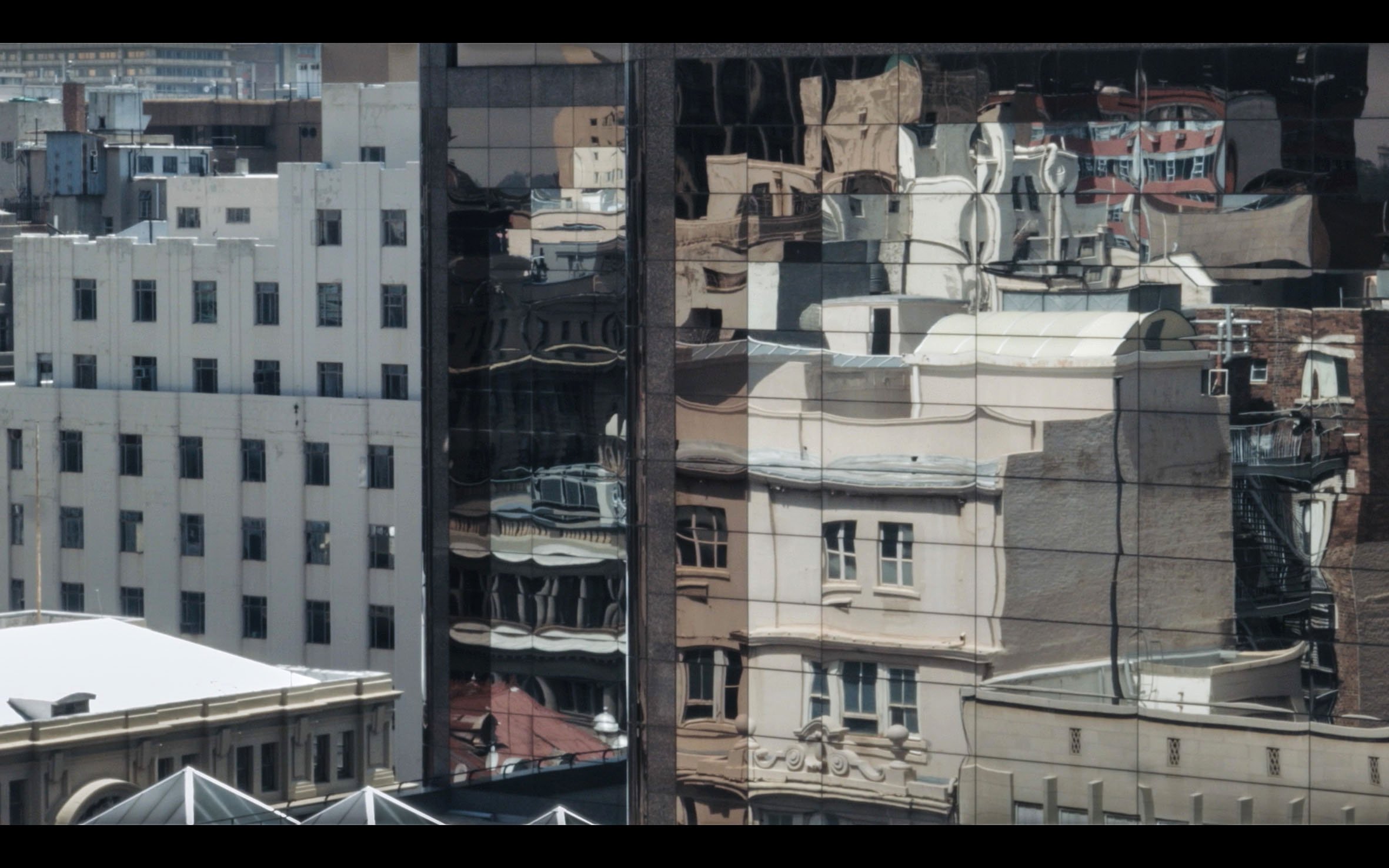
[Stills from the immersive video installation (Supplied)]
“I realised all these addresses on the letters that I found, all these buildings were around walking distance in the CBD where I was staying during my residency last year. So I went to film the buildings. It’s kind of a spatialisation of where these hidden deals happened because you never see it. You never know where they happen, so I kind of wanted to find a geographical [point].”
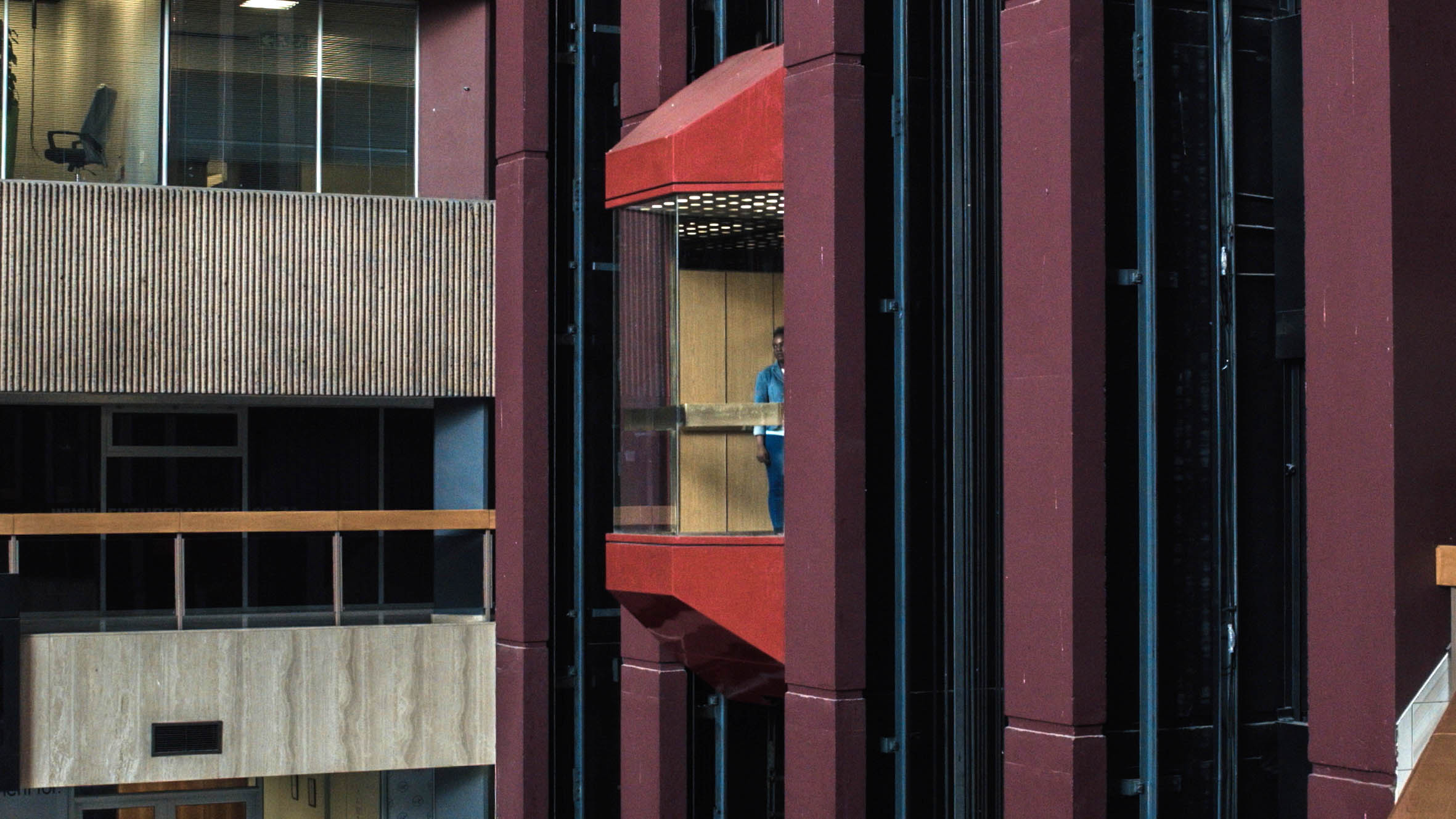
A lot of the information that breathed life into Neutrality as an Agent is archived in Switzerland but it is inaccessible. Bertschi could only get hold of it in South Africa through the archives at the National Library of South Africa in Cape Town and the National Archives of South Africa in Pretoria.
“The things I found here in the archives are actually in Switzerland, and I cannot access them. In the beginning of 2000, there was a big national research project by historians in Switzerland that was meant to look at relations between Switzerland and South Africa during apartheid.
“The Swiss state gave a lot of money for that research but, at the same time, the Swiss state closed the archives for another 10 years with the reason that the Swiss banks and the big businesses would get out with a bad name,” says Bertschi.
This only inspired her to increase her knowledge on the two countries’ relations.
Although the archived material is an integral part of her exhibition, Bertschi went beyond that and included references to the contemporary relationship between Switzerland and South Africa to help to pose her questions.